Lectures

The Arts Society - Himalayan Encounters Lecture
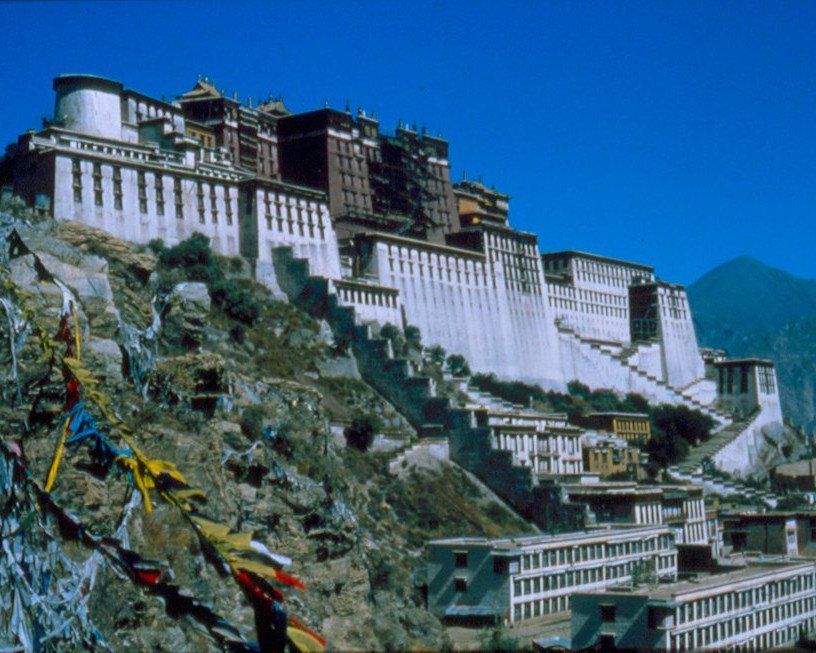
Tibet – the Roof of the World
A general introduction to the history, art and culture of this extraordinary land, lying deep in the heart of Central Asia surrounded by some of the highest mountains in the world. Despite its geographical inaccessibility, it developed a rich and vibrant Buddhist culture and artistic tradition. This lecture gives a brief overview of Tibetan history from the time of the great Tibetan Empire (6th – 9th century) up to the present day; explores the fascinating art and culture inspired by Buddhism, introduced from India in the 7th century, and gives an insight into the current political situation. Zara was the guest lecturer on the first British tour to Tibet in 1981 and has travelled and led tours to this part of the world ever since.
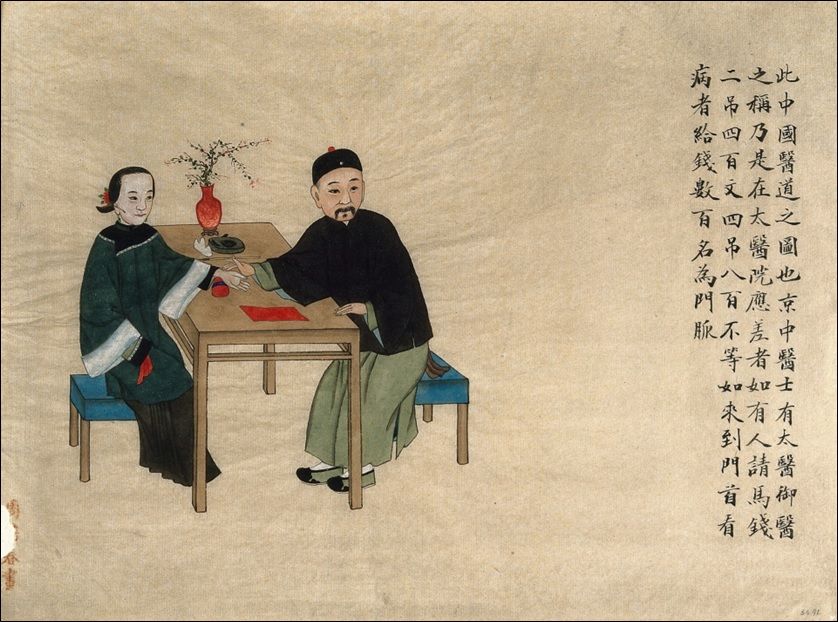
Bodies in Balance – Asian Medicine in Art
Explore Asia’s holistic approach to medicine which advocates a balanced relationship between body, mind and spirit. If there is disharmony in any aspect of life, then there is disease. Discover more about these Eastern methods of healing through a rich diversity of artistic treasures including exquisite Indian miniatures, rare Chinese acupuncture charts, Tibetan thangkas and Japanese woodblock prints. Diet, exercise, astrology and spiritual practise are also crucial for health and wellbeing and these will be mentioned together with the diagnosis and treatment.
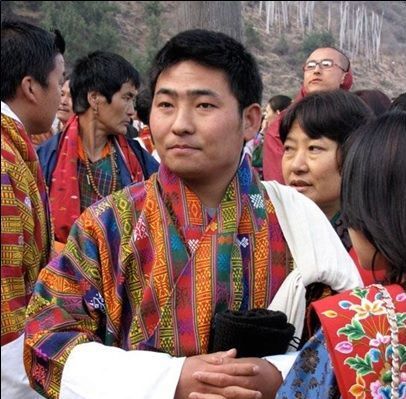
The Textiles of Bhutan
The tiny Himalayan kingdom of Bhutan is well known for its intricate brocades and unique weaving tradition, unmatched anywhere else in the world. Textiles are woven into every aspect of Bhutanese life, they represent status, wealth and expressions of spiritual devotion. The weavers (always women) are renowned for their stunning mastery of colour, pattern and design; whilst the men (usually monks) are highly skilled in embroidery and applique used to create Buddhist images, monastic furnishings and
dance costumes. Bhutan had no currency before the 1960’s, so cloth was the major form of wealth. It was used to pay taxes, to bestow as diplomatic gifts and to mark any social occasion. This lecture will introduce this outstanding art form and explain how textiles are crucial to Bhutan’s cultural identity.
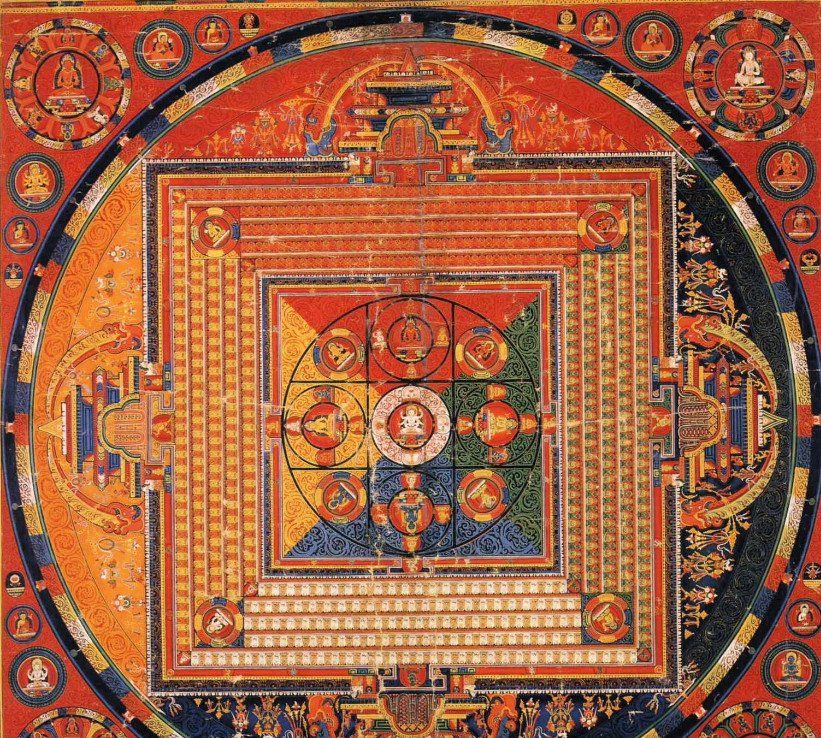
The Sacred Art of Tibet
Isolated from the outside world for centuries, Tibet is home to a rich artistic tradition inspired by the teachings of Buddhism. Buddhism began in India during the 5th century BCE and over the centuries developed into three distinct paths – the Hinayana, Mahayana and Vajrayana. Both the Mahayana and the Vajrayana introduced an extraordinary system of visual imagery and it was these two traditions that permeated Tibet from the 7th century onwards. This lecture explores the wealth of this sacred artistic tradition – and explains how the paintings and sculptures are created, and the diverse ways in which they are used.
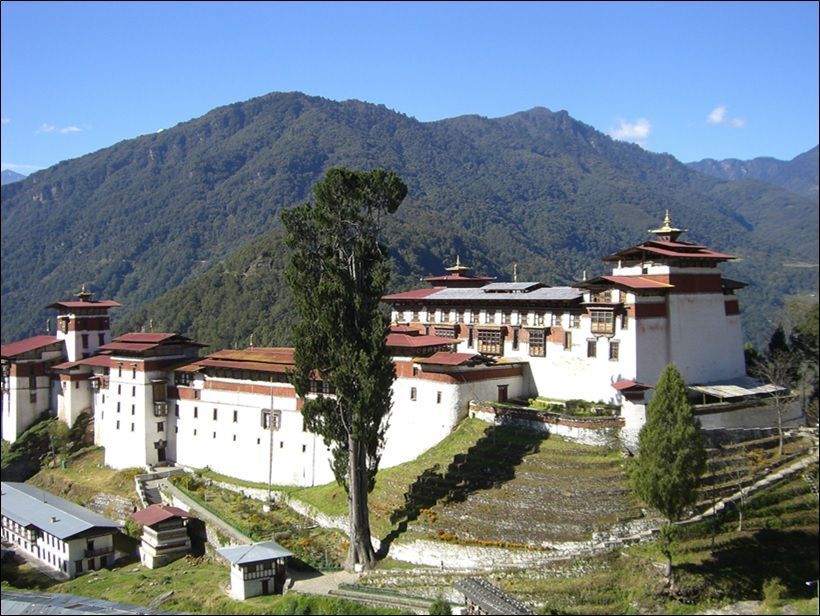
Bhutan – the Kingdom of the Thunder Dragon
A general introduction to the tiny Himalayan kingdom of Bhutan, known by its inhabitants as Druk Yul or land of the Thunder Dragon. This is a reference to the Drukpa tradition of Vajrayana Buddhism that permeates every aspect of Bhutanese life. This lecture explores the history, art and culture of this extraordinary country, which for centuries has preserved its traditional Buddhist values. Over the last few decades there have been many changes; such as the introduction of roads, television and tourism. Will Bhutan be able to maintain the fine balance between tradition and modernity without diminishing its very unique culture. Zara’s knowledge of Bhutan stems from her first travels there in 1976 and her subsequent visits as a tour guide and lecturer.
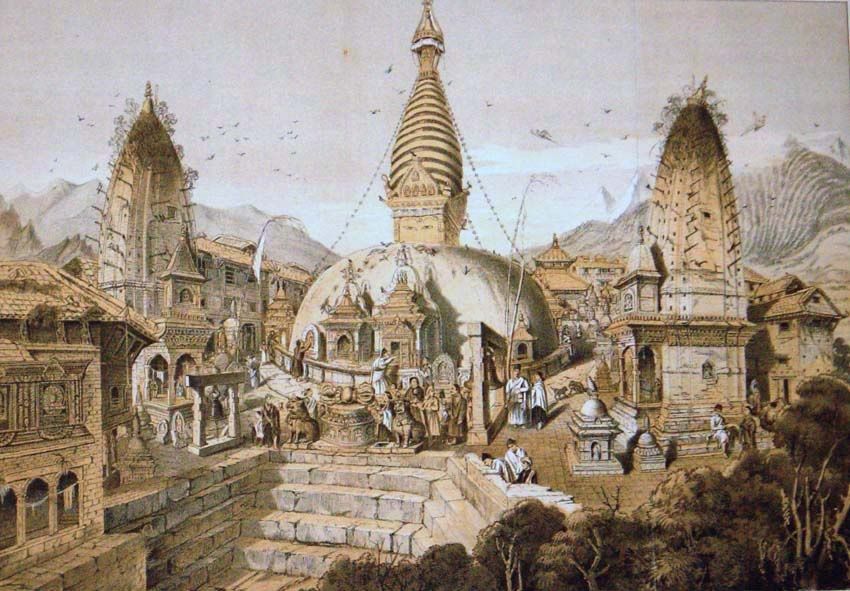
Nepal – the Art and Culture of the Kathmandu Valley
For many people, Nepal evokes images of the Himalayas and memories of the 1953 conquest of Mt Everest, but it is also an area of outstanding cultural and artistic importance. This lecture explores the wealth of art and architecture in the Kathmandu Valley, a place where both Buddhism and Hinduism have co-existed peacefully for almost two thousand years. Located between India and Tibet, the valley has been at the crossroads of trans-Himalayan trade for centuries and is the centre of Himalayan arts creation. Home to the Newar artists and craftsmen, who were and still are renowned for their extraordinary skill in painting, sculpture and woodworking – and whose influence has spread far beyond the geographical boundaries of Nepal.
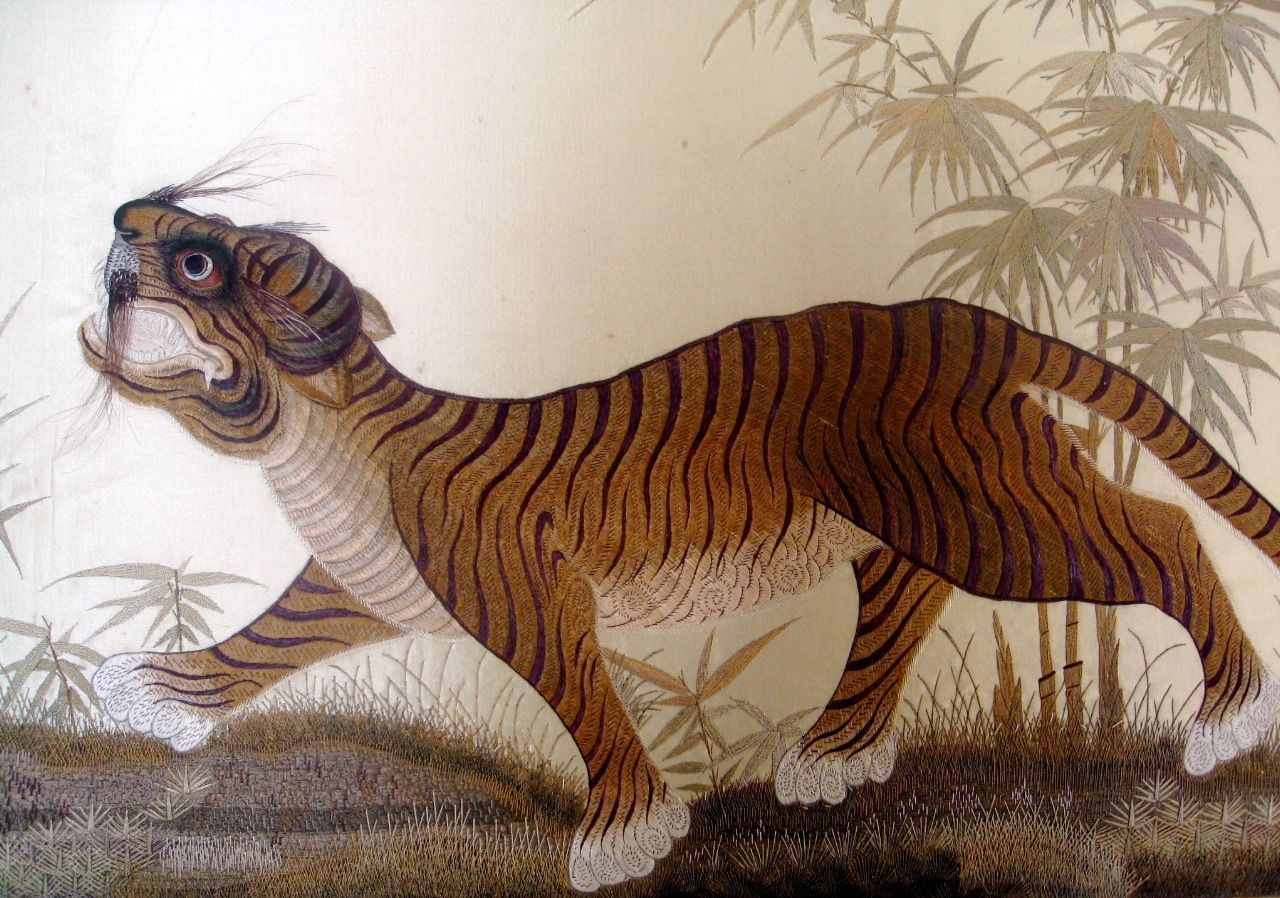
The Tiger in Asian Art
Intriguing and beautiful, tigers are some of the most awe-inspiring and mysterious creatures on earth. Feared and revered in equal measures, they have inspired countless legends, beliefs and works of art. This lecture explores the significance of the tiger as a symbol of power and protection in its Asian homeland, illustrated by a diverse range of art and artefacts. The tiger is seen in early Chinese bronzes, Japanese netsukes, Indian paintings, Tibetan rugs and other Asian works of art. It will also comment on the current situation of the tiger and how this magnificent animal now faces the threat of extinction. Zara co-curated “The Tiger in Asian Art” for Asia House in 2010.
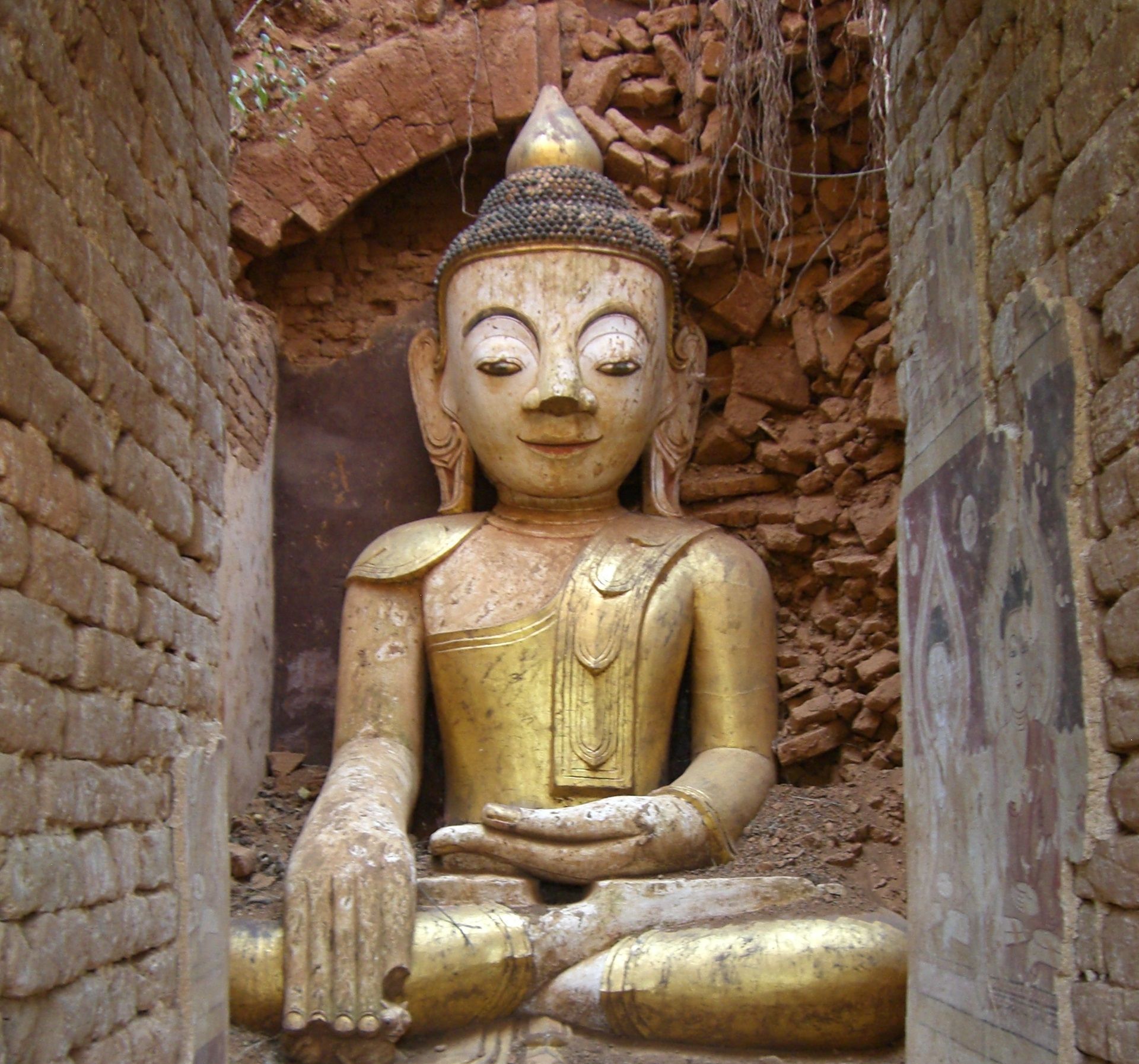
Burma – On the Road to Mandalay
A general introduction to the history, art and culture of Burma; a magical land stretching from the peaks of the Himalayas in the north to the Indian Ocean in the south. This lecture traces the development of their artistic tradition from the time of the Pagan Empire up to the present day, focusing on art and architecture inspired by Theravada Buddhism and later influenced by British colonisation. It also briefly explores Burmese lacquer ware and wood carving before ending with an insight into the political situation of the last 50 years and the people’s hope for the future
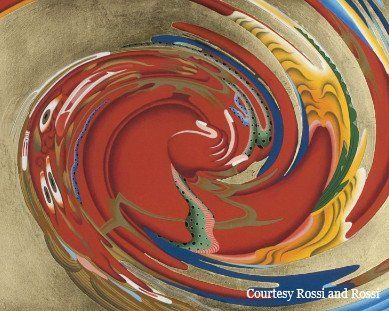
Tibetan Art in Transition - the Buddha goes Bang
This lecture will look at Tibetan art from the early 20th century to the present day and the changes that have occurred during this time span. It will chart the first Tibetan objects arriving in museums and then what happens to Tibetan art after the Chinese occupation and colonisation of Tibet. Tibet as a geopolitical space no longer exists, as the former country is now part of China. Yet the art work being produced today by Tibetan artists within China and amongst the exiled communities elsewhere in the world is created in a new and exciting way. Artists explore contemporary issues, by integrating the centuries old traditional Buddhist influences with modern imagery.
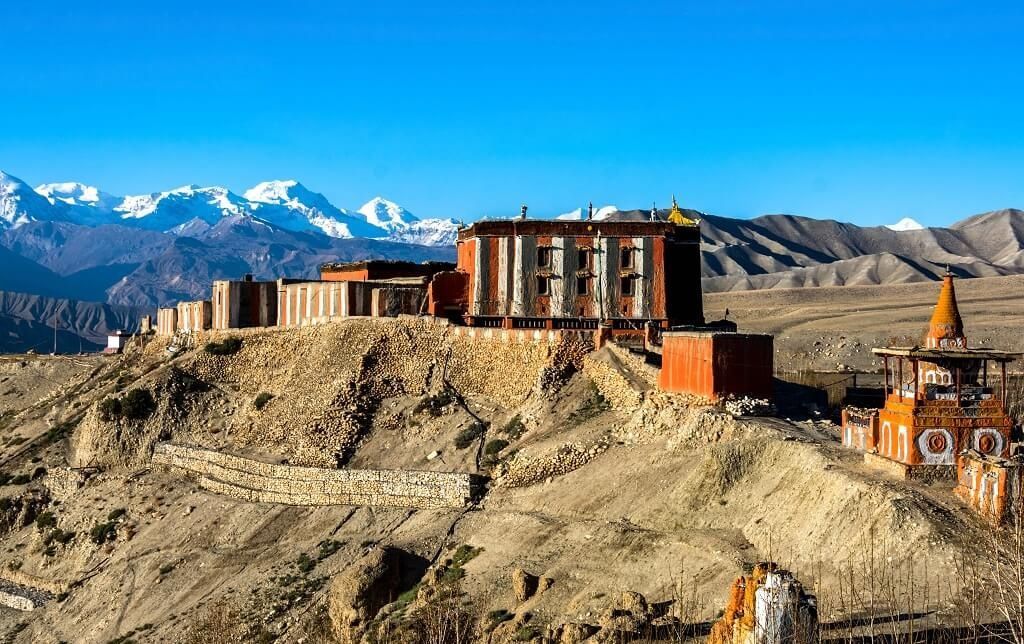
Journey across the Himalayas
This lecture will focus on the Buddhist areas of the highest mountain range in the world, the Himalayas. The once spiritual domain of Tibetan culture and religion, spanning 2000 miles from Ladakh in the west to Bhutan in the east. It will explore the kingdoms and principalities of Ladakh, Zanskar, Spiti, Lahoul, Nepal, Mustang, Sikkim, Bhutan and their spiritual heartland of Tibet. Many of these countries lay on the ancient trade routes connecting India with Central Asia, and although isolated became important centres of Buddhist art and culture, housing vast repositories of sacred art in their remote monasteries and temples.
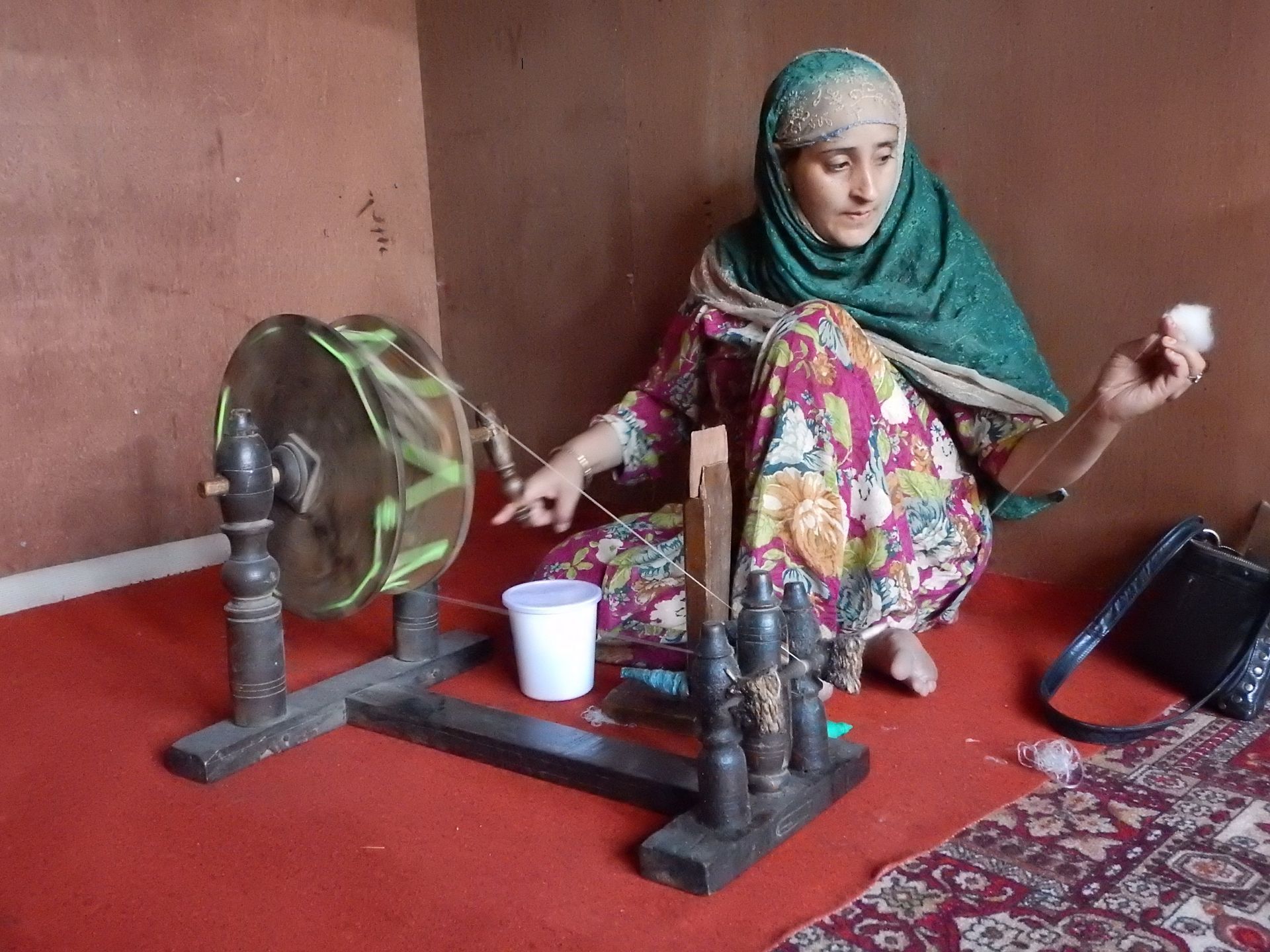
The Arts and Crafts of Kashmir
For many people, Kashmir conjures up a beautiful valley surrounded by the snow-capped peaks of the Himalayas, for others it is a land of conflict. But what is less well known is that it has been of historic artistic importance for nearly 2000 years. This lecture introduces the astonishing diversity of arts and crafts produced in this tiny area, influenced by Buddhist, Hindu and Islamic cultures. It explores Buddhist sculptures, Hindu temples, great Islamic gardens, paintings, calligraphy, Moghul carpets and Kashmir shawls. Despite its troubled history, Kashmir has fostered a unique environment of artistic diversity and religious co-existence.
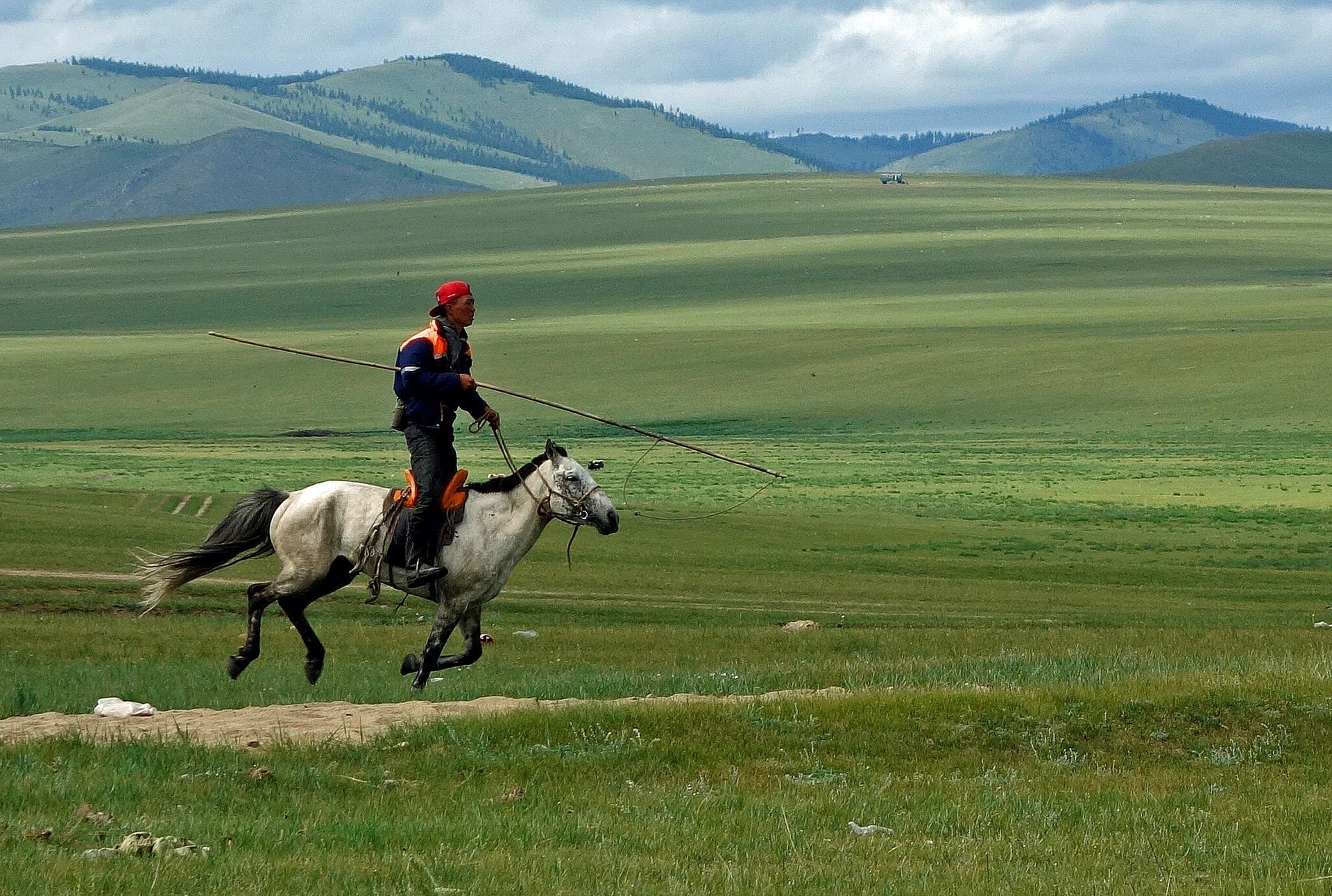
The Sacred Art of Mongolia
Mongolia is a vast country of rugged mountains, rolling steppes and awesome desert, lying in the heart of Central Asia. Its people are predominantly nomadic herdsmen and yet they have produced a highly sophisticated artistic tradition, which reflects their nomadic and spiritual culture. The most profound and long lasting influence on Mongolian art is that of Vajrayana Buddhism, which inspired a rich and vibrant artistic tradition. This flourished for centuries under the patronage of the Khans, but in the 20th century it was all but annihilated by Soviet-inspired communism. This lecture explores this rich tradition of sacred art and comments briefly on the renaissance present in Mongolia today.
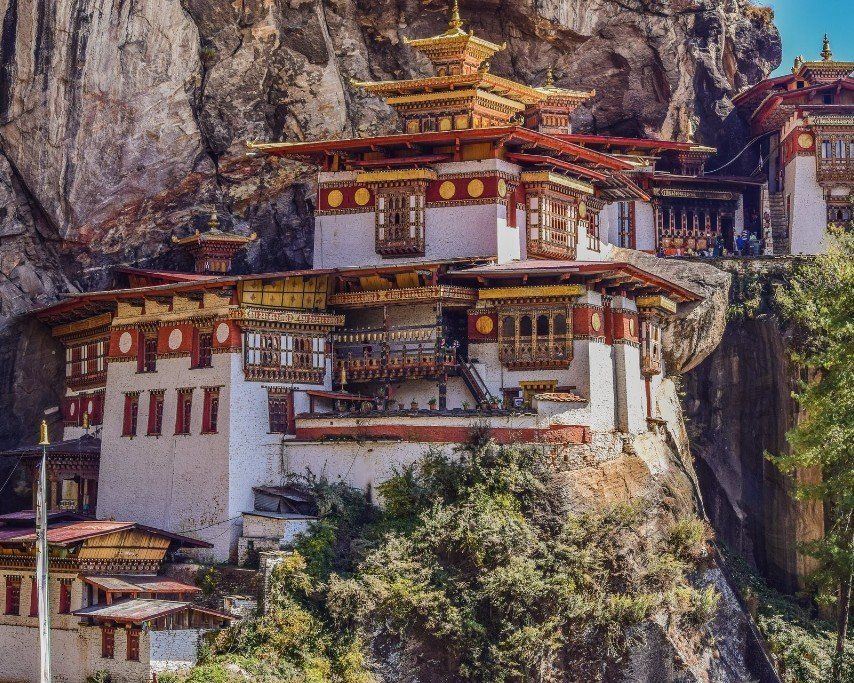
A Study Day on Buddhism and Buddhist Art (tailor made for each request)
The study day focuses on how to appreciate the Mahayana and Vajrayana Buddhist art of the Himalayas and Tibet. The first lecture will be an introduction to Buddhism and the transmission of Buddhist art and architecture into the Himalayas. The second lecture will focus on the rich symbolism of Tibetan art and explain how to interpret the common images, themes and motifs. The final part of the day will explore the vibrant culture of this fascinating part of the world. The order of the day can be changed according to each Society and in addition, Study Days on Buddhism and Buddhist Art can be tailor made to suit individual requests.

